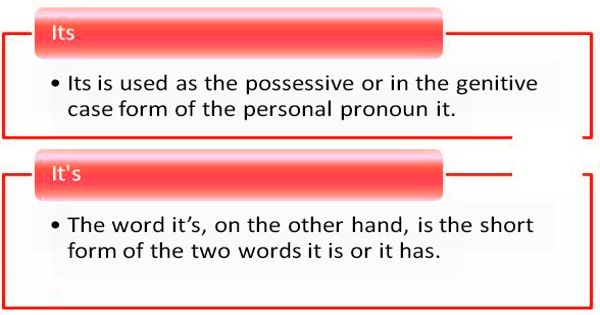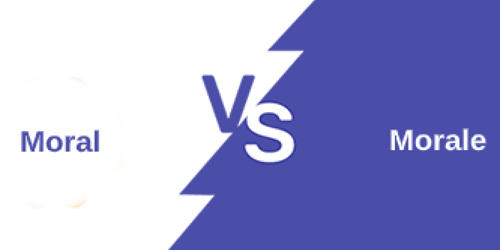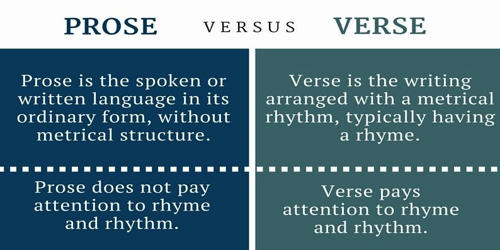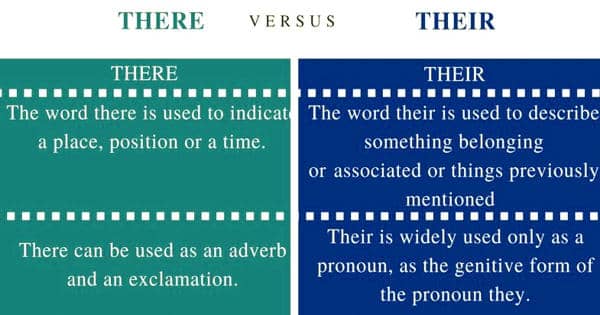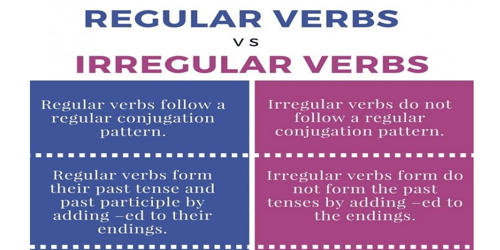‘It’s’ and ‘its’ are among the most commonly confused words. Contraction is the mixing of two words into a single word with the help of an apostrophe (‘) such as the words ‘it is’ are combined with an apostrophe and contracted as ‘it’s’. When you’re in a hurry, you might write “it’s” when you really mean “its,” or the other way around. ‘It’s’ is often confused with ‘its’ as they are pronounced similar but they appear differently as the latter does not have an apostrophe. “Its” and “it’s” are two distinct words with different meanings and different uses. Moreover, they differ in their meanings too, as in ‘its‘ represents ownership, whereas ‘it’s‘ is a short form of it is or it has.
Its is a possessive version of the pronoun ‘it’, that is used to show belongingness or ownership to something, which is either mentioned earlier or easy to relate. It’s is a commonly spoken form of the expression ‘it is’ or ‘it has’. While ‘its’ is nothing but an attributive adjective, it’s is a contraction.

Difference between Its and It’s
ITS
- Its is the possessive form of “it”. Normally, we use apostrophes to show possession, but its doesn’t need one.
- ‘Its’ is a possessive adjective, which represents belongingness to something that is already mentioned or easily relatable.
- The word ‘its’ is a possessive form of the word ‘it’, that means belongingness to someplace, animal, child, or any non-living object, which is previously mentioned or implied. It is always followed by a noun to which it relates.
- Examples: The cat is sitting on its mat. The specialty of Agra is its Taj Mahal.
IT’S
- “It’s” means “it is”. This is a contraction, and the apostrophe replaces the letter “i” in “is”. Here are some examples of how to use this word.
- It’s is a short form of the expression ‘it is’ or ‘it has’.
- The word ‘it’s’ is a contraction for ‘it is’ or sometimes ‘it has’, which is used to make the sentence simple and easy to read and understand. While ‘it’ is a pronoun used for indicating non-living things, animals, places, etc. whereas ‘is’ and ‘has’ are helping/auxiliary verb.
- Examples: It’s not my car. It’s been a year since we met.
